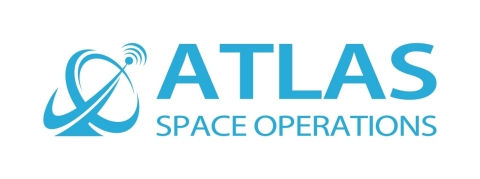ATLAS Space Operations demonstrates transformative capabilities for Air Force Research Lab
- Satellite Evolution Group

- May 21
- 2 min read

ATLAS Space Operations, including its wholly owned subsidiary Freedom Space Technologies, has announced the successful completion of a series of demonstrations showcasing its Freedom® Software Platform's ability to integrate diverse government and commercial satellite ground station networks for the US Air Force Research Lab and Defense Innovation Unit (DIU). These demonstrations validated a transformative approach to satellite ground operations, providing secure, scalable, and resilient space data transmission.
Through the DIU Hybrid Space Architecture project, ATLAS demonstrated the Freedom platform's capability to manage and orchestrate multiple disparate networks, ensuring timely data transmission while maintaining information assurance and security. The software's architecture, built on best-in-class commercial practices, features software-defined controls, interfaces, and security, ensuring flexibility and trust amidst rapid technological changes.
Key objectives achieved during the project include integrating commercial networks, such as the ATLAS global network and Viasat’s Real-Time Earth, onboarding DoD assets, and enabling rapid access for federal users, including the U.S. Army Space and Missile Defense Command (SMDC). The Freedom UI provided an intuitive, web-based interface for operators to manage satellite contacts across these diverse networks, while advanced cyber controls, aligned with DFARS/NIST 800-171 standards, secured data and communications.
"By unifying disparate ground networks through a secure, cloud-native interface, we’ve demonstrated how Freedom transforms satellite operations into a scalable, software-defined service," said Brad Bode, CTO & Co-Founder, ATLAS Space Operations. "This architecture not only ensures rapid onboarding and cross-network orchestration but also delivers resilient, mission-ready connectivity aligned with the DoD’s need for agile and secure space access."
Key outcomes of the demonstrations include:
Operational Interoperability: Seamless integration across DoD and commercial ground station assets, including secure tasking and telemetry.
Cybersecurity Maturity: Meeting DFARS/NIST 800-171 compliance and demonstrating readiness for FedRAMP and ITAR requirements. ATLAS and Freedom Space Technologies also completed a NIST 800-53 Rev. 5 Moderate baseline security assessment.
Federated User Access: Successful onboarding of the U.S. Army SMDC, proving the platform’s ability to support diverse agencies securely.
Dynamic Scheduling and Network Abstraction: Enabling task execution across multi-vendor networks through a seamless user experience.
Scalability and Modularity: Demonstrating the platform's ability to scale by adding antennas, users, and partners without system re-architecture.
Enhanced User Experience: Providing an intuitive interface for scheduling, monitoring, and data retrieval.
Readiness for Future Capabilities: Collecting rich data to enable predictive analytics, automated mission validation, and machine learning-driven autonomous operations.



Comments